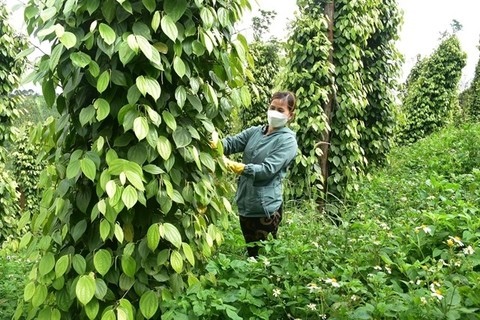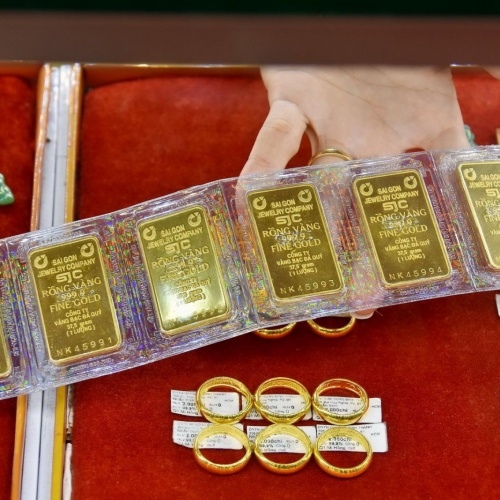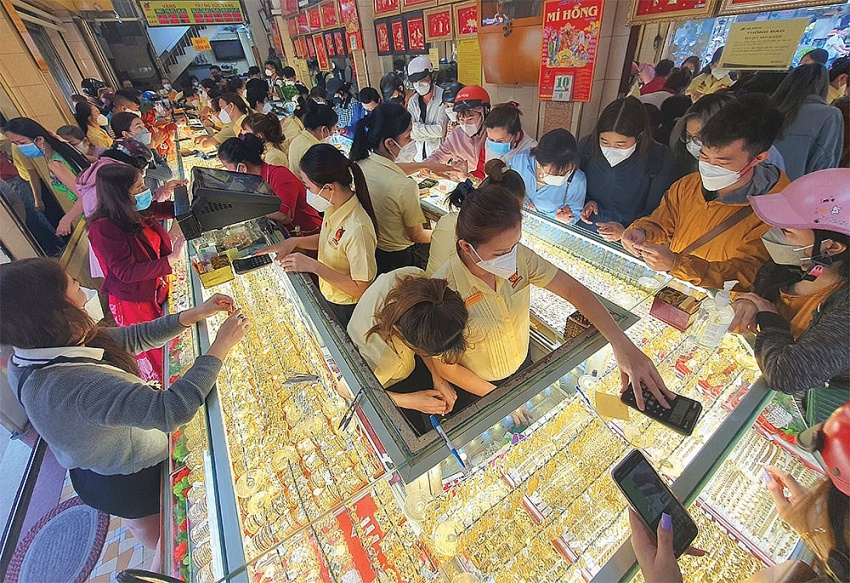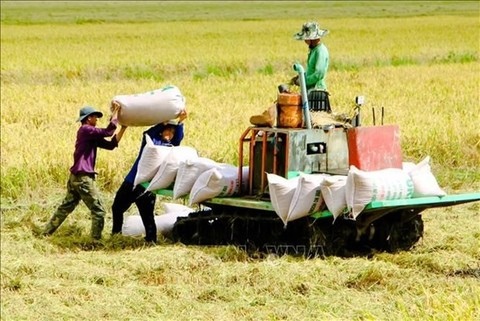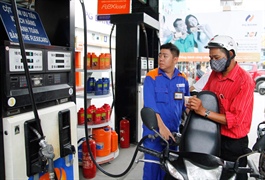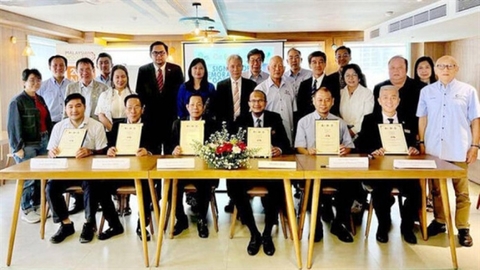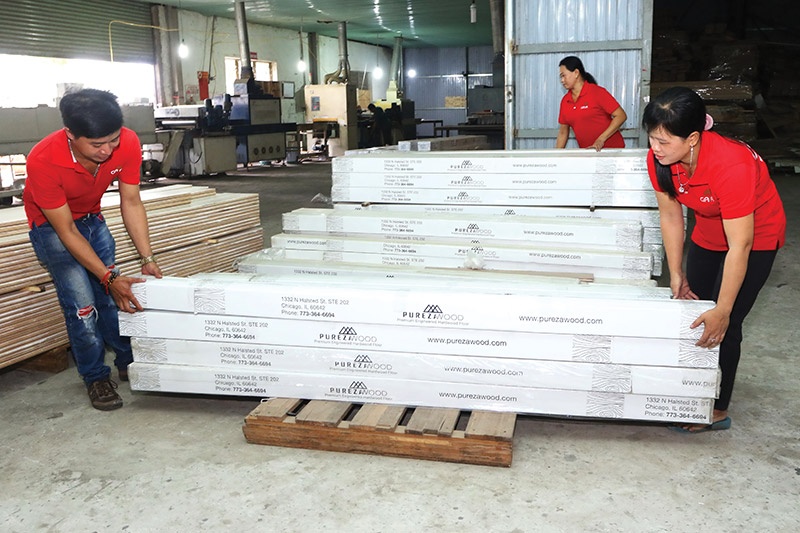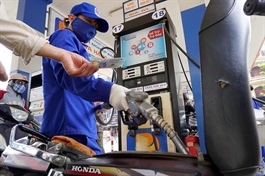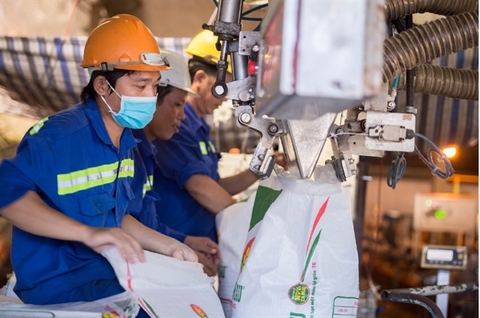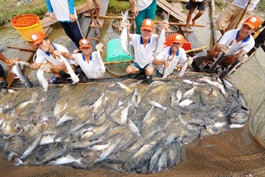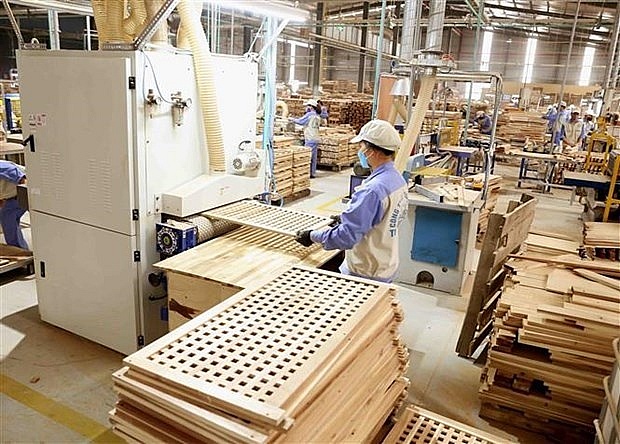Now is the time for sustainable Vietnamese certified natural rubber: experts
Now is the time for sustainable Vietnamese certified natural rubber: experts
Experts have said that great market opportunities will open for Viet Nam if sustainable natural rubber production receives adequate Government supports with enterprises determined to follow a sustainable development.

Global demand for sustainable natural rubber has been increasing and expanding. Viet Nam is the third-largest natural rubber producer globally.
"However, the rubber area in the country under sustainably certified is very small. There’s no FSC-certified rubber in Viet Nam by now. This is a missed opportunity for the country," according to Dr To Xuan Phuc, a policy analysis expert at Forest Trends.
The expert made his statement at the workshop themed "Viet Nam Sustainable Natural Rubber" held recently both online and offline in Ha Noi by Forest Trends, Yulex LLC and business and community leaders.
The workshop presented hurdles restricting rubber growers, including rubber companies and smallholders, from pursuing sustainable rubber production and discussed solutions for addressing those hurdles.
"Global markets are demanding certified natural rubber. Viet Nam, the third-largest rubber producer in the world, should not be left economically behind," said Dr Phuc.
The expert affirmed that sustainable natural rubber production in the future was an inevitable direction for Viet Nam. It will open opportunities for the country to improve its economic value per output product while helping ensure compliance with stringent environmental and social requirements in production.
However, assessing the world market demand for sustainable natural rubbers, Phuc said global rubber consumption was changing a lot. Regulations on the legality and sustainability of input rubber materials are increasingly strict, and demands for sustainable natural rubber also exist in the country.
There are currently two sustainability certification systems in the world: PEFC (Programme for the Endorsement of Forest Certification) and FSC (Forest Stewardship Council).
The FSC criteria are considered to be more stringent than that of PEFC.
Viet Nam has developed a national Forest Certification System (VFCS) currently recognised by PEFC.
Up to now, the country has about 97,300ha of rubber area granted VFCS certificate, all belonging to state-owned companies.
Despite the rapid expansion of certified acreage, it is still not commensurate with the industry's potential, the workshop heard.
All smallholder areas have not been certified so far. This proves some of the current limitations of the industry.
The reason is that many of the smallholders have not been interested in producing certified rubber. Moreover, there is a lack of information, and many businesses only focus on exporting to markets that do not require certifications like China.
In addition, the industry's current supply chain is complex, including a mix of large and smallholder components depending on domestic and imported sources. This makes traceability – which underpins the assessment and recognition of certificates – difficult and even impossible in many cases. The sector's internal linkage chain is still loose and unsustainable.
According to Phan Tran Hong Van, Deputy General Secretary of the Viet Nam Rubber Association (VRA), the pressure of sustainable development has pushed the sector to continuously strengthen its role in improving the environment and social conditions in the rubber planting area.
To cope with current issues, the VRA has proposed an action plan for the rubber industry to sustainably develop, encouraging members to soon build sustainable development programmes under their own conditions.
The VRA has also built and developed the certificate label "Cao Su Viet Nam/Viet Nam Rubber" for the quality and prestige products. Up to now, the label has been granted 82 product items for 29 factories belonging to 17 companies.
Yulex LLC - a global company, using sustainable natural rubber with FSC - has conducted surveys on several rubber companies and smallholders to set up links and promote sustainable rubber production in Viet Nam.
The company made strong commitments to purchasing Vietnamese output products at a higher price than the market price of normal rubber if producers can sustainably supply natural rubber sources, especially those with FSC certificates.
Dr Elizabeth Bui from Yulex LLC said: "Smallholders in Viet Nam are the backbone of the country's rubber production, and Yulex is committed to ensuring that they are included in the economic upside with their participation in producing sustainable rubber."
To promote the development of the rubber industry and to make it continuously contribute to economic development, it is necessary to have supportive policies from the Government at the same time as determination of businesses and organisations and individuals to implement sustainable development programmes, the workshop heard.
The State needs to create a legal framework for strengthening and encouraging management models of sustainable rubber forests with agroforestry closely connected with environmental protection in the direction of national or international quality certifications.
A representative of Lien Anh Rubber Production Co., Ltd. mentioned difficulties in the link between businesses and smallholders, saying 87 per cent of smallholder rubber gardens with a planting area of less than 3ha while those with over 10ha account for only 1.5 per cent.
"Latex trading through intermediaries still makes up a majority, so farmers easily break their commitments with purchasing companies to sell latex to different traders. Therefore, it is necessary to have a mechanism to support linkages between smallholders and their business partners under transparency and with fewer intermediaries to ensure fairness, legality, and clear origin," said the company representative.
Dr Phuc said: "For promoting sustainable natural rubber in Viet Nam, besides solving the mentioned limitations, it is necessary to carry out support programmes for the connection between potential business partners such as Yulex, Weber & Schaer as well as Vietnamese companies with smallholder rubber households."
The expert gave an example of success in the wood industry, which has implemented very effective linkage models to "create FSC certified timber sources."
The rubber industry could learn from the model of the wood industry, Phuc said.
Export potentials
Like some other agroforestry sectors, the development engine of Viet Nam's rubber industry is based on rubber exports, including the current two main items of natural rubber and rubber products.
The country's export makes up 17.4 per cent of the global total rubber trade, with a turnover of the rubber industry in 2021, including natural rubber, rubber products and rubber wood, reaching US$9.5 billion, up 20.8 per cent compared to 2020.
Natural rubber exports reached more than 1.9 million tonnes in 2021, bringing in a revenue of nearly US$3.3 billion, up 11.7 per cent in volume and 37.5 per cent in value over the previous year, thanks to an average export price increase of 23 per cent.
Export turnover of rubber products in 2021 reached $3.7 billion, up 18.5 per cent compared to 2020. Rubberwood exports also achieved over $2.5 billion, accounting for 17.1 per cent of total export turnover from wood and wood products, an increase of 6.9 per cent compared to 2020.
Last year, Viet Nam's rubber area was about 939,000ha, making up 7.2 per cent of the total global area. Its rubber latex harvest reached 1.26 million tonnes in 2021, accounting for 8.7 per cent of global rubber production with an average yield of 1,682kg/ha, ranking first in Asia.
Phuc said, among that figure, rubber area owned by large holders (State-owned companies) made up 455,000ha, equivalent to nearly 48 per cent of the total rubber area of the country.
The remaining 477,000ha, or 52 per cent, was owned by farmer households or small-scale companies known as smallholders.
In the smallholder rubber area, farmer households own about half of the total. The rest belongs to state-owned companies (nearly 40 per cent) and private ones (10 per cent), according to Phuc.


